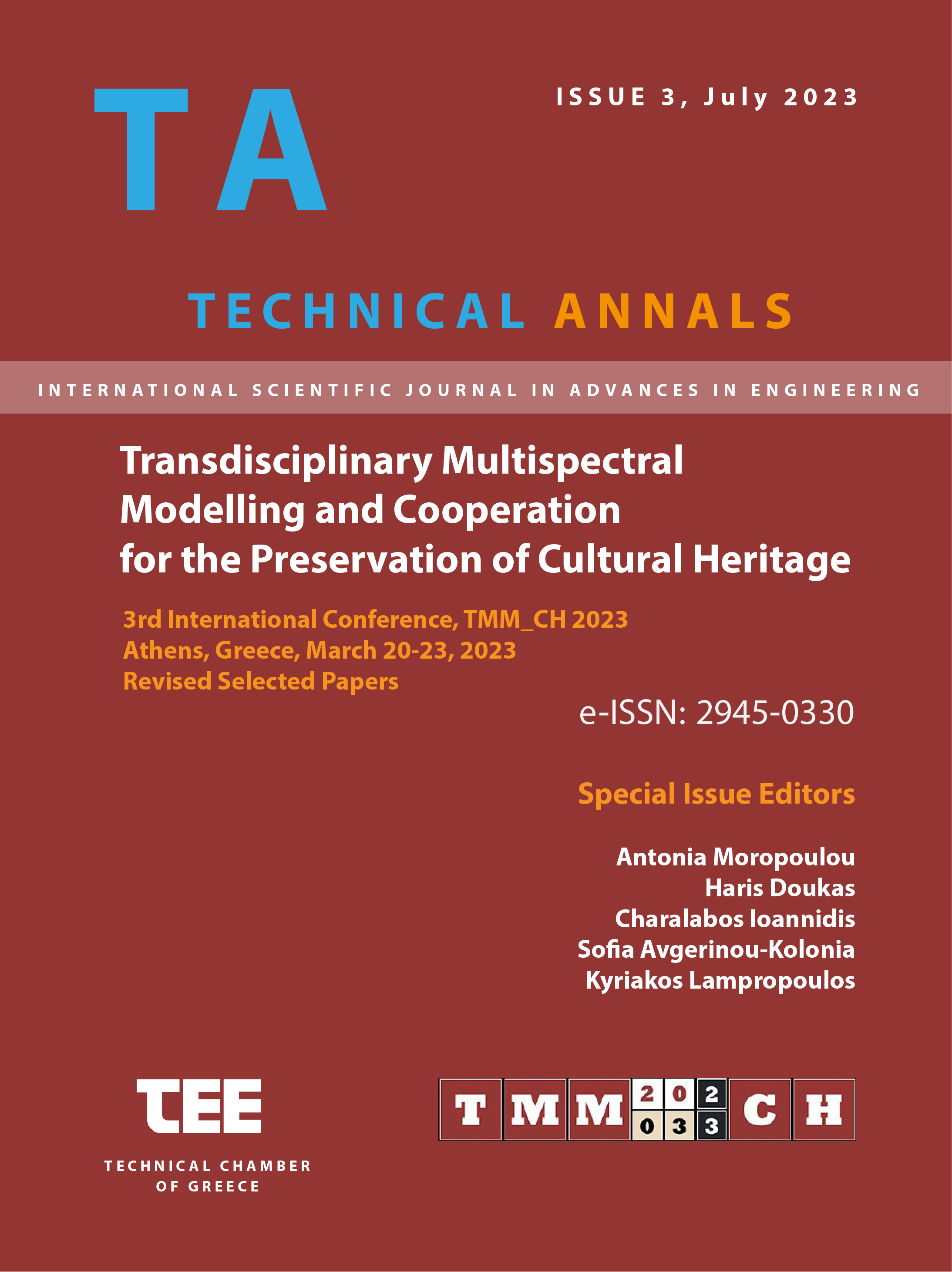Historic adjacent concrete buildings strengthened by cable-ties under seismic pounding effects: A stochastic approach considering uncertain input parameters

Abstract
Cultural Heritage structures include existing old industrial framed reinforced concrete (RC) buildings. The present study deals with a stochastic numerical treatment for the pounding problem concerning the seismic interaction between historic adjacent framed structures strengthened by cable-ties (tension-only bracings) when the input parameters are uncertain. This problem concerns here the unilateral contact between neighbouring structures during earthquakes and is considered as an inequality problem of dynamic structural contact mechanics. The Monte Carlo method is used for treating the uncertainty concerning input parameters. The purpose here is to estimate numerically and to control actively the influence of the cable-ties on the seismic response of the adjacent structures. Finally, in a practical case of two seismically interacting historic framed reinforced concrete (RC) structures, the effectiveness of the proposed methodology is shown.
Article Details
- How to Cite
-
Liolios, A., Stavroulaki, M., Liolios, K., & Konstandakopoulou, F. (2023). Historic adjacent concrete buildings strengthened by cable-ties under seismic pounding effects: A stochastic approach considering uncertain input parameters. Technical Annals, 1(3). https://doi.org/10.12681/ta.34867
- Section
- Cultural Heritage

This work is licensed under a Creative Commons Attribution-NonCommercial-ShareAlike 4.0 International License.


